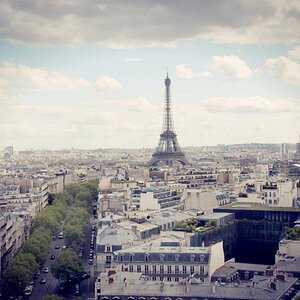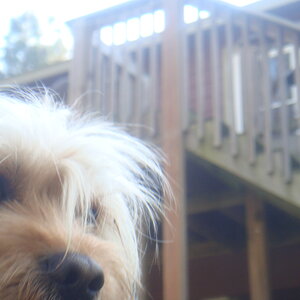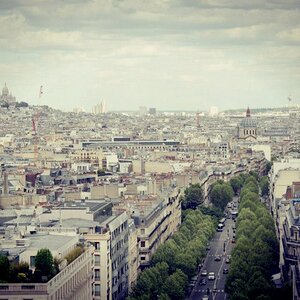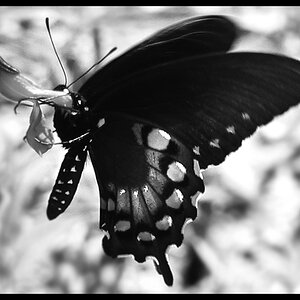icassell
No longer a newbie, moving up!
- Joined
- Jun 7, 2008
- Messages
- 9,899
- Reaction score
- 15
- Location
- Arizona
- Can others edit my Photos
- Photos NOT OK to edit
Sigh .... just got this from Phase One
Ian-
We will not be upgrading version 4 any longer.
You will need to purchase the upgrade to version 5.
You can do so from our website (E Shop) for $99.00.
You may also choose to download Capture One 5 and run it in trial mode for 30 days to see if the fee is something you'd like to spend.
Kind Regards
Phase One Support
Ian-
We will not be upgrading version 4 any longer.
You will need to purchase the upgrade to version 5.
You can do so from our website (E Shop) for $99.00.
You may also choose to download Capture One 5 and run it in trial mode for 30 days to see if the fee is something you'd like to spend.
Kind Regards
Phase One Support




![[No title]](/data/xfmg/thumbnail/38/38263-ad5e4c9e677626ddb5b1e7cdf9ebe40e.jpg?1619738548)

![[No title]](/data/xfmg/thumbnail/35/35670-0571a45fff5cc94fc333fb959ce54517.jpg?1619737091)


![[No title]](/data/xfmg/thumbnail/32/32930-09414fc020c2a60a456ff59a05c5ef8f.jpg?1619735759)


![[No title]](/data/xfmg/thumbnail/32/32926-ec27ecead8c80d803404500d8f888dbf.jpg?1619735754)